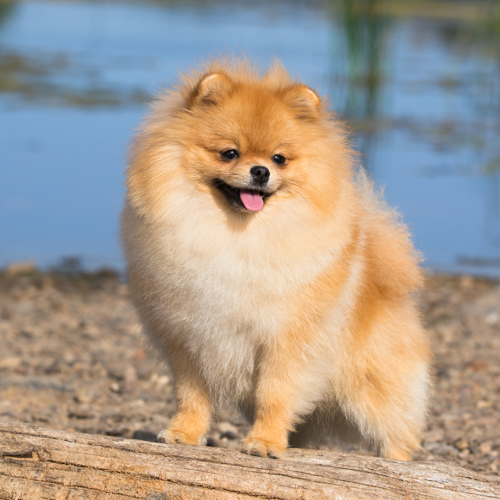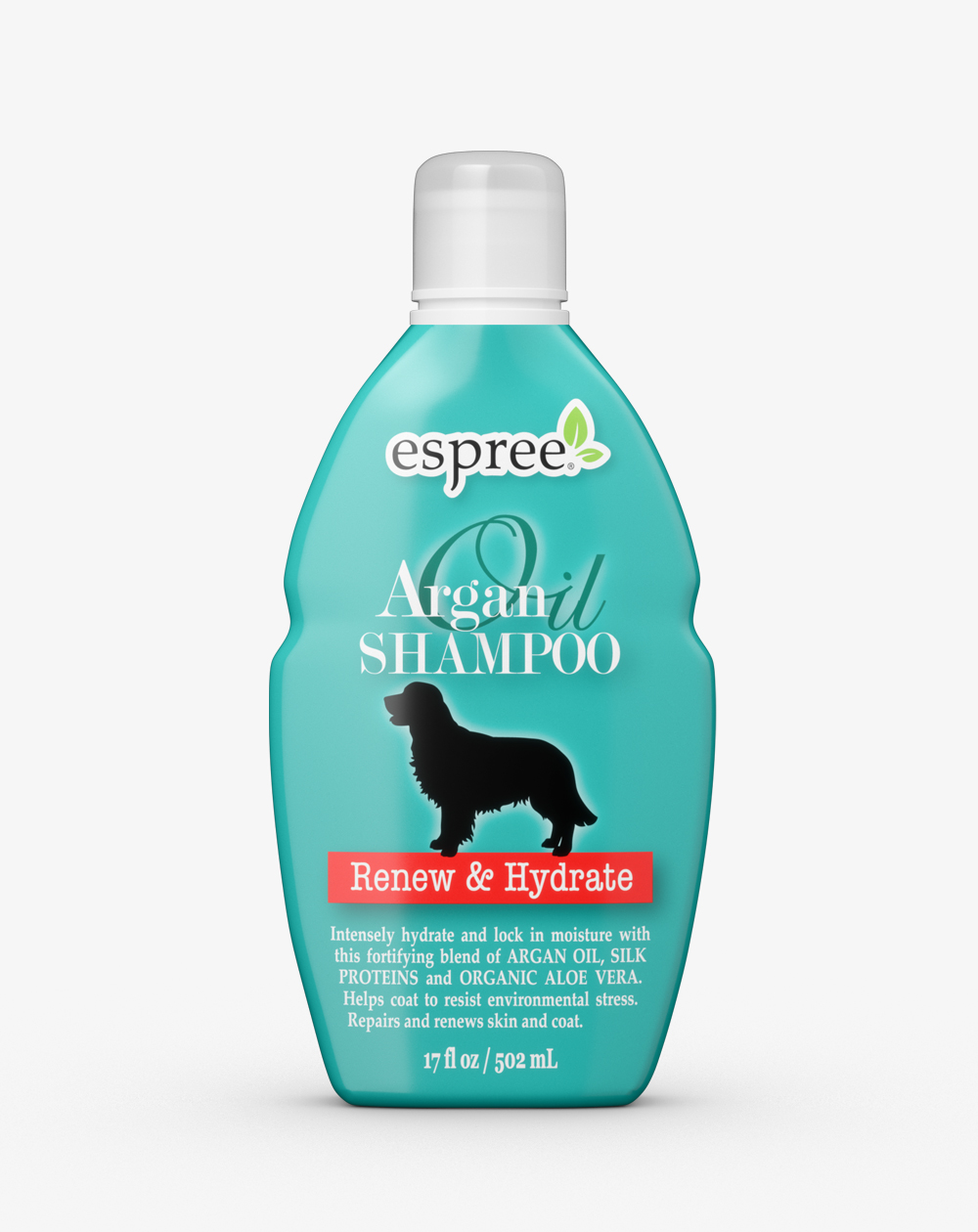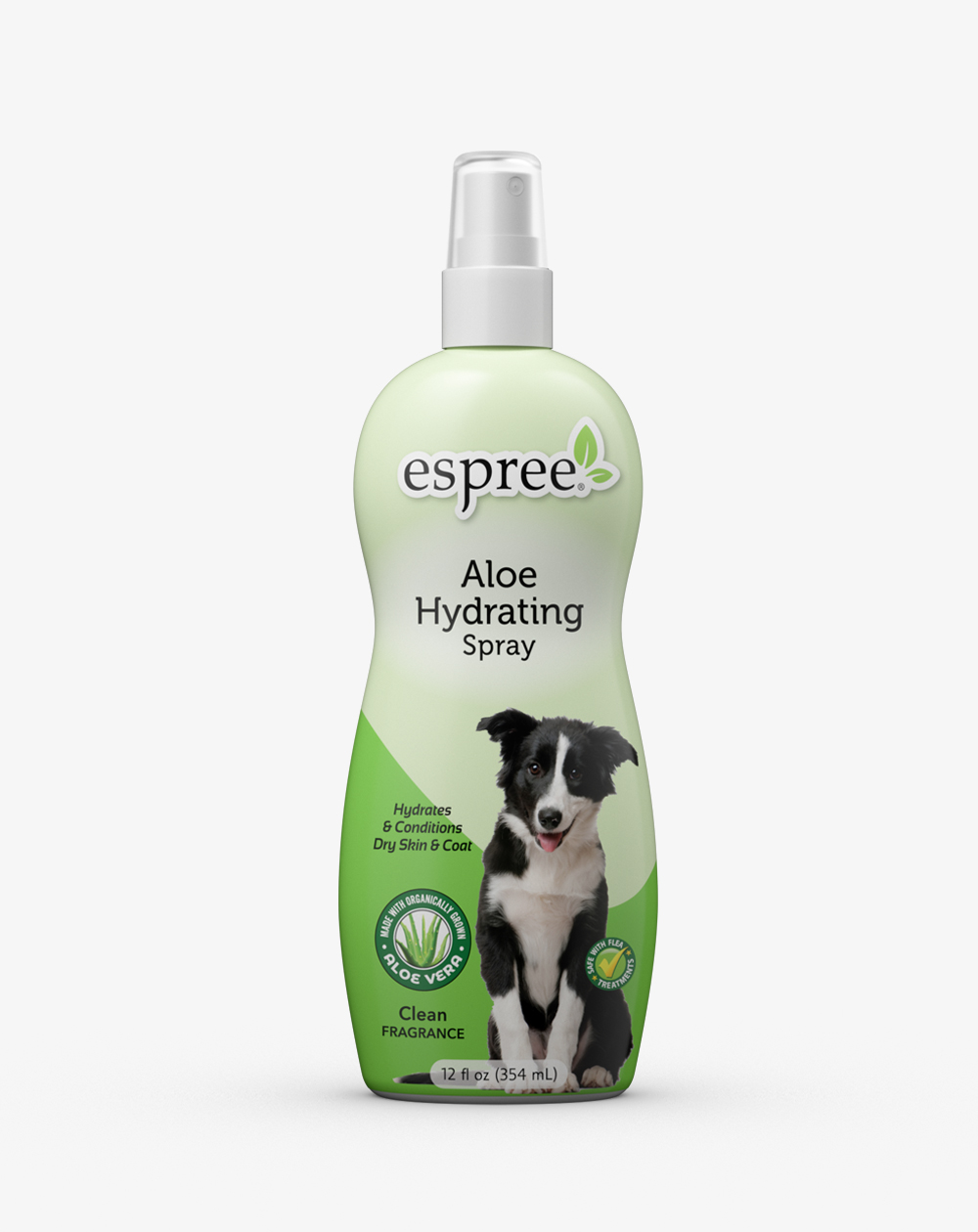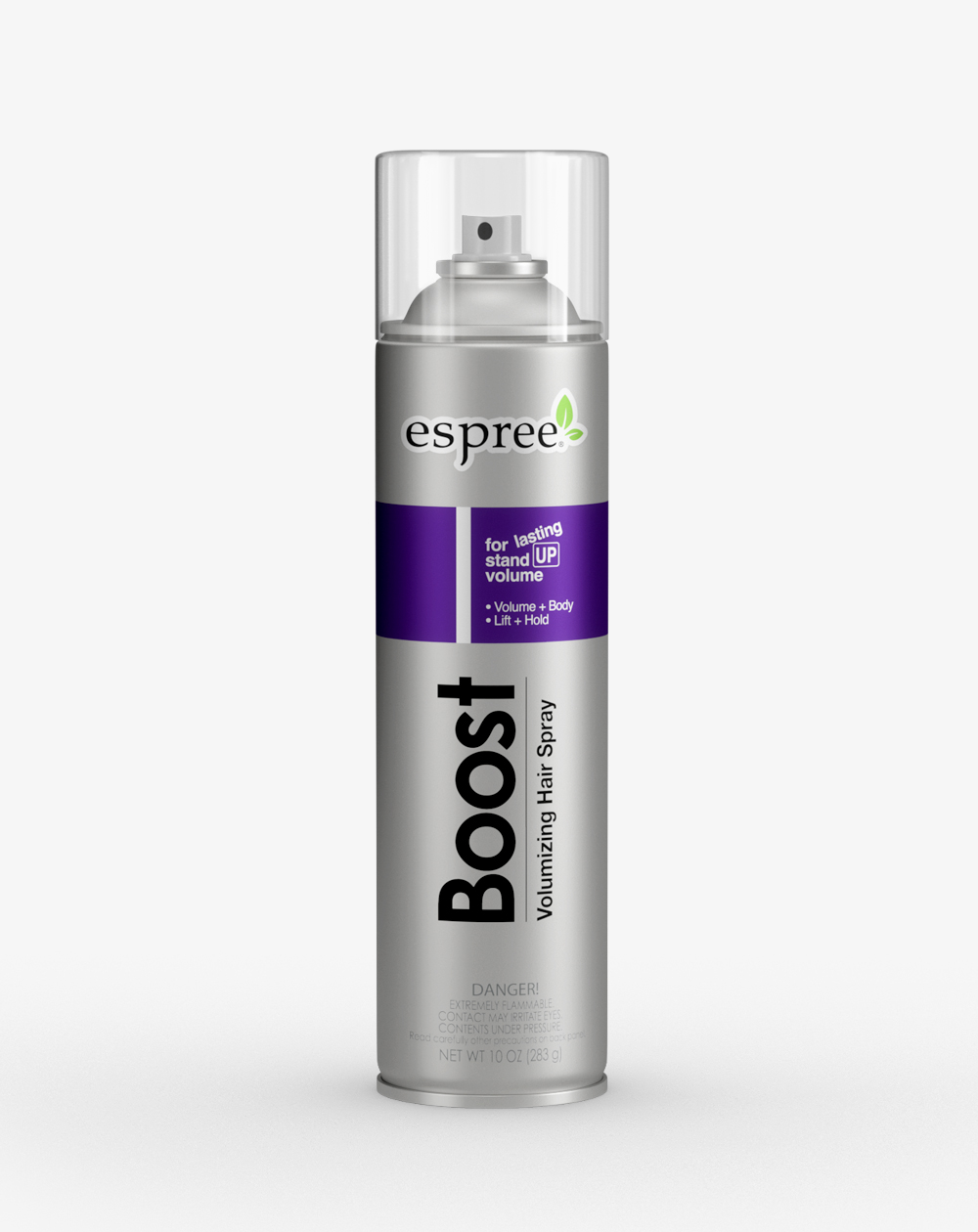
Pomeranian
The Pomeranian is a cocky, animated companion with an extroverted personality. This compact little dog is an active toy breed with an alert character and an animated expression. Today, the Pomeranian is a popular companion dog and competitive show dog. They can come in all colors, patterns, and variations although orange and red are the most popular.
Breed Profile
Pomeranians are very intelligent dogs that love to please. Because of their outgoing temperaments, they can be very good family dogs with the right training. Due to their small size they don’t require much exercise but are an energetic breed that needs attention from their people frequently. They possess a thick double coat, which needs to be brushed on a regular basis.
Grooming
The Pomeranian is a dog that does require frequent bathing and grooming. This compact, active double coated dog has a short dense undercoat with a profuse harsh textured outer coat. A characteristic of the breed is its heavily plumed tail. This coat needs to be bathed as frequently as weekly up to no longer than every 3 weeks in order to prevent the dog from becoming matted and tangled. The care and maintenance of the coat sets the foundation for obtaining healthy skin and coat. When the coat is dirty, the hair shaft becomes rough and eventually breaks down, which can lead to the coat becoming damaged. It also can contribute to the beginning formation of the cobweb matting that forms close to the skin. This type of matting if left unattended can lead to the development of numerous skin issues. Therefore, keeping the coat clean and healthy is of utmost importance in order to maintain the profuse, dense, double coat.
Bathing a Pomeranian is an acquired skill that takes patience and perseverance. After the coat is wet, apply the shampoo by squeezing it through the coat making certain you have worked it all the way through the coat down to the skin. Thorough shampooing will contribute to building a healthy, strong, and manageable coat. It is a good idea to slightly cool the water temperature down when rinsing the coat. The coat should be rinsed thoroughly making certain that all the product has been removed. Use a light conditioner on the Pomeranian to nourish and hydrate each individual strand of hair. A heavy conditioner is not necessary unless the coat is severely damaged. Once the bath is complete, blot the coat with a towel to remove excessive moisture. Try to avoid using a circular motion to avoid any further tangling.
Blow the coat out with a HV dryer, then finish with a stand dryer and brush out. Once the dog is completely dry, line brush, working in sections, until the dog is tangle free. It is a good idea to go over the entire coat with your hands, to see if there are inconsistencies in the density of the coat. If so, continue to brush and comb those areas. As a final check, use a firm slicker brush throughout the coat, and little to no hair should be apparent on the brush. Areas to pay particular attention to for tangles and excessive hair are the thighs, behind the ears, the tail, and around the ruff. It’s always a good idea to spend a little extra time in these areas before you finish the dog.
Finishing the Dog: Tools and Finish Grooming
Once the dog is completely brushed out, the coat should be mat free, and a comb should easily glide through the coat all the way down to the skin. A healthy coat is light, airy, and has a natural shine. Lightly trim the coat to keep the natural outline of the dog. Trim under the tail to keep it neat and natural looking. Be careful not to over trim this breed taking the coat down to the dog’s “pajamas”. If the caring pet owner is not willing and able to keep up with the coat, a stylish short teddy bear scissor trim or a lion trim may be an option.
General Health Care
Prep work is the foundation of all grooming. Prep work includes ear cleaning, nail trimming, trimming the pads, anal glands, and proper dental hygiene. Mastering these skills sets the professional pet stylist apart from the rest. Prep work should be done before every bathing and grooming appointment. All dogs need to have their ears checked and cleaned on a regular basis. Some need to have the hair plucked from the ear canal. This allows the ear to have proper air circulation. It is not necessary to remove all of the hair in the ear, as some serves as a barrier to foreign debris. It is imperative that you are properly trained to pull ear hair before attempting this endeavor. Proper nail care is also very important. Long, unsightly nails are uncomfortable for the dog, as well as anyone they might jump on. Long nails also compromise the shape of the foot. Trimming the pads of the foot helps give the dog good traction on different surfaces and can minimize the amount of dirt the dog tracks into the house. It also affords the opportunity to treat and condition the paws from cracks and abrasions. Anal glands should also be checked and expressed if they are full. Some caring pet owners prefer to have the anal glands done by their veterinarian. Good dental hygiene is essential for a healthy pet too.
Nutritional Care
In order to maintain healthy skin and coat as well as overall health, it is important to provide good nutrition to your dog through a well–balanced diet, vitamins, and healthy treats.
Do they require a lot of grooming?
Frequent bath and blowouts are necessary to keep the skin and coat in optimal condition. Keeping the skin and coat clean is the key to keeping your Pomeranian in top condition.
What is a common problem in Pomeranian?
As with all breeds of dogs, the Pomeranian does have some breed-specific health concerns. Dental health issues can be a concern with this breed. Therefore, dental cleaning should be done regularly. The most common orthopedic problem in the Pomeranian is patellar luxation. The kneecap slides out of position either medially or laterally. Hypoglycemia is another issue. Hypoglycemia is a fast drop in blood sugar levels. Just about every element of a puppy’s body depends on the proper balance of sugar in the bloodstream. When Hypoglycemia develops, there is only a small window of time to treat the puppy. Several factors can bring this on such as stress, lack of nutrients, and puppies who are born much smaller than average. Some symptoms include drowsiness, shaking, fainting, confused behavior, seizures, weakness, depression, muscle weakness and tremors, and a drop in body temperature. If any of these symptoms appear, your Pomeranian could be in imminent danger within minutes. All small puppies should be watched very closely. If symptoms appear, immediate medical attention is required. It is a good idea to talk with your veterinarian about ways to prevent hypoglycemia when you take your puppy for a wellness check-up after purchasing your puppy.
Do Pomeranian’s shed or cause allergies?
They do shed, however, to minimize shedding frequent baths and blowouts in addition to weekly brushing will help reduce the amount of hair you find in the house.
Are Pomeranian’s good with children?
Pomeranian’s are not well suited with small children. Their high energy level and more delicate bone structure is not a good match with small children.
What if I have a show dog?
Whether you have a show dog or a companion dog, the same basic care is given regarding nutrition, socialization, and hygiene. The difference is the maintenance, conditioning, and training for the show ring. It is always helpful if your breeder is willing to mentor you to lead you in the right direction upon entering the wonderful world of showing dogs. A great place to start is with the national breed club like the American Pomeranian Club, www.americanpomeranianclub.org




